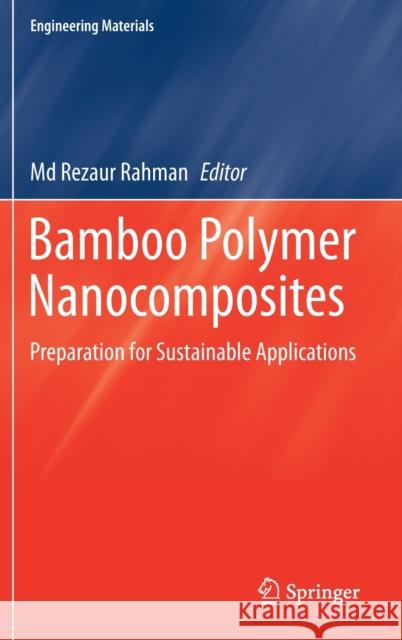Bamboo Polymer Nanocomposites: Preparation for Sustainable Applications » książka
topmenu
Bamboo Polymer Nanocomposites: Preparation for Sustainable Applications
ISBN-13: 9783030680893 / Angielski / Twarda / 2021 / 205 str.
Bamboo Polymer Nanocomposites: Preparation for Sustainable Applications
ISBN-13: 9783030680893 / Angielski / Twarda / 2021 / 205 str.
cena 645,58
(netto: 614,84 VAT: 5%)
Najniższa cena z 30 dni: 616,85
(netto: 614,84 VAT: 5%)
Najniższa cena z 30 dni: 616,85
Termin realizacji zamówienia:
ok. 22 dni roboczych
Bez gwarancji dostawy przed świętami
ok. 22 dni roboczych
Bez gwarancji dostawy przed świętami
Darmowa dostawa!
Kategorie:
Kategorie BISAC:
Wydawca:
Springer
Seria wydawnicza:
Język:
Angielski
ISBN-13:
9783030680893
Rok wydania:
2021
Wydanie:
2021
Numer serii:
000089500
Ilość stron:
205
Waga:
0.41 kg
Wymiary:
23.88 x 19.81 x 1.52
Oprawa:
Twarda
Wolumenów:
01
Dodatkowe informacje:
Wydanie ilustrowane











